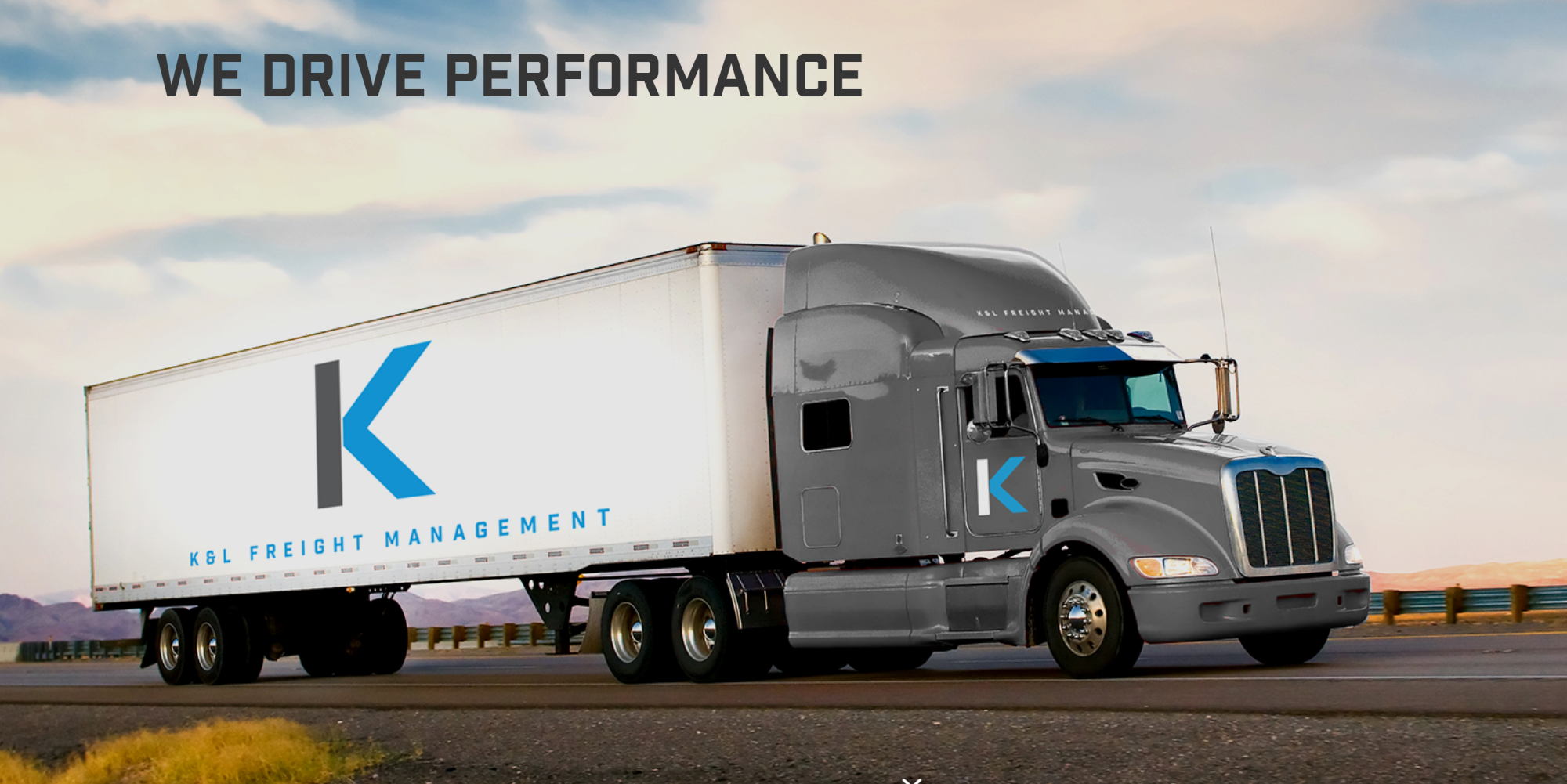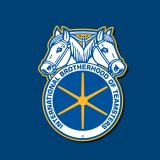
K & L is a 21-year-old transportation company founded by a former expedited straight truck driver who recently embraced a tech-forward, data-driven business model and grew five times in the past two years.
Legacy Companies & Start-ups
The vast majority of transportation and logistics companies fall into two categories: legacy companies run by executives who made their bones in the 1980s and 1990s and operate on the basis of their leaders’ instincts and experience, and startups trying to disrupt the space by using technology to do something completely new.
In transportation, for some reason – and this probably holds true for other sectors — it’s almost never the case that a decades-old company manages to reinvent itself and build technology that fundamentally alters its business proposition. But that’s just what K & L Freight has done.
Russ Gallemore, K&L’s president, founded K&L as a small, expedited freight forwarder in 1997, basing the company out of Lombard, Ill. Gallemore added service offerings incrementally, expanding K&L to cover air freight in 2000 and adding a brokerage division in 2002.
Enjoying our insights?
Subscribe to our newsletter to keep up with the latest industry trends and developments.
Stay InformedThe Data Game Begins
In 2010, K&L began running its own tractor-trailers, and in 2016 Gallemore launched One8 Freight, K&L’s owner-operator trucking company. Eventually, Gallemore started thinking about all of the unused data being generated and stored by the transportation industry, and hired Patrick Draut as a part-time consultant. Draut came from the financial services and health-care sectors, and quickly understood that transportation and logistics represented a huge opportunity for data analytics.
Two years later, Draut is K&L’s senior vice president of business intelligence. He is an avid SONAR evangelist, but has also hired computer engineers from NASA to build proprietary software. One of his recent hires was Kyle Lintner, a futures trader from the Chicago Board of Trade. Lintner was brought on to help K&L’s asset side, brokerage and shipper customers prepare for the Freight Futures Exchange being developed by FreightWaves, Nodal and DAT.
Hiring NASA Engineers & Rapid Growth
Let that sink in for a moment: a transportation and logistics company hiring NASA engineers and futures traders to build sophisticated software models and offer financial services, and growing rapidly as a result.
“A buddy of mine who was an executive at K&L asked me if I could do data visualization for him. There’s so much data inside of freight but the industry is so archaic,’’ Draut said. “When I came over, we were very small in terms of revenue, but we were running very profitable freight – expedited and critical freight. Our company grew five times its size over the following two years — the definition of hockey-stick growth. The data won out, and that’s how we grew into a data-tech company. All credit goes to our founder and president, Russ, for being open-minded and listening to the numbers.
“We’re still built on providing customers with a premium service solution, but the data shows us the direction and the pathway to pursue. When the owner saw that growth, he doubled and tripled down on it.”
Draut said that the data analytics used by K&L aren’t just about optimizing how the company deploys assets or expands brokerage margins, but also how it enhances customer relationships.
K&L brought on software engineers to build risk management models for its shipper customers to help them understand freight market volatility. When the freight futures exchange opens, K&L wants to be in a position to advise shippers who have been burned by spot rates how to use freight futures contracts to hedge their natural position.
Naturally Short Spot Rates & Futures Trading
Shippers are ‘naturally short’ spot rates, meaning that as spot rates decline, their profits increase, so to hedge their exposure, shippers will buy freight futures contracts to lock in rates, and will get paid if the contract settles above the price they bought it for. Kyle Lintner, a member of the Chicago Board of Trade, is setting up K&L’s advising and execution business. Lintner said there will be several stages of how K&L develops its futures trading business.
“The first step is for risk management in-house. For instance, shorting spot market rates when they’re elevated,” Lintner said. “But there are several other ways to use futures contracts, like taking it to a customer, and saying ‘we can offer it to you and help smooth out your shipping spend and the volatility associated with it.’ We want to show them a way to take the bite out of shipping. The other ways we’re contemplating using the futures involve the ability to help the brokerage side price contract freight more attractively because we can cover our backside on the risk of spot rates elevating.
“We can also use it for our fleet – we have an asset side, and we want to smooth it out on the fleet side of it as well. It’s a three pronged approach.”
Implications for Broker Margins
Lintner also spoke about the implications for brokerage margins in a market where futures contracts enable more transparent price discovery and participants have more equal access to quality information.
“I think we all would agree that if this industry becomes more automated and transparent, margins broadly should decrease, because currently information isn’t being shared to all market participants,’’ Lintner said. “But the brokers who are active participants would stand to make potentially even wider margins. Once the new tool comes to the marketplace, the brokers who are better equipped and suited to use it will survive.
“We have shipper customers who have expressed a great deal of interest in freight futures; they think it has extremely high potential. But they’re not comfortable with how the process works, so that got us thinking that maybe we can just do it for them. We’re trying to build out all these models so we can correlate customers’ business with the futures contracts FreightWaves will be offering. What we’re looking to do here is provide for our customers in an advisory role and in an execution role… we can handle the transaction but also offer advisory services.”
Reflection on Growth
Draut reflects on K&L’s unprecedented transformation.
“The environment we have is kind of unique,’’ Draut said. “We’ve got the stability of a 21-year-old company with a rock solid customer base, and a great reputation, moving freight for decades, and the flexibility of a startup. We still have the solutions we’ve been able to provide our customers we’ve had for 20 years, but now it’s like walking in with a fresh face. We’ve established service and reliability and now we’re pairing it with leading edge solutions. We quote SONAR’s tender rejection index to our customers, saying, ‘hey, you might be running into some trouble with this market, but we’re here to help you out.’”





















